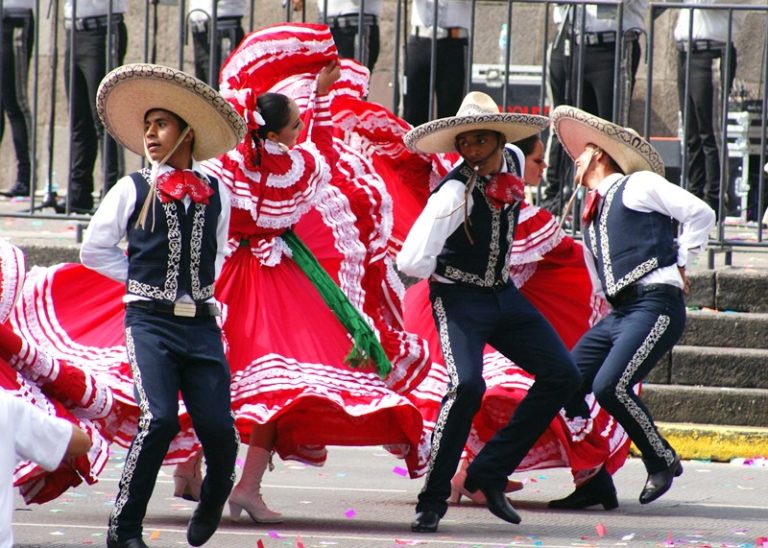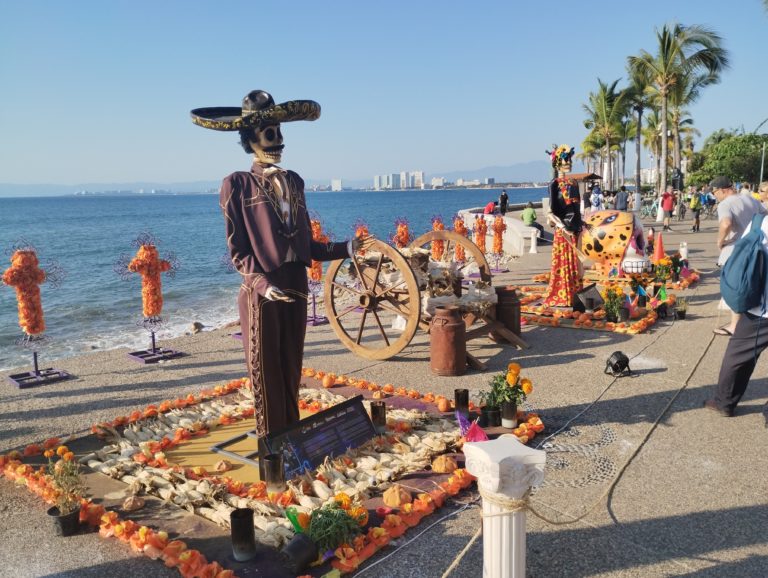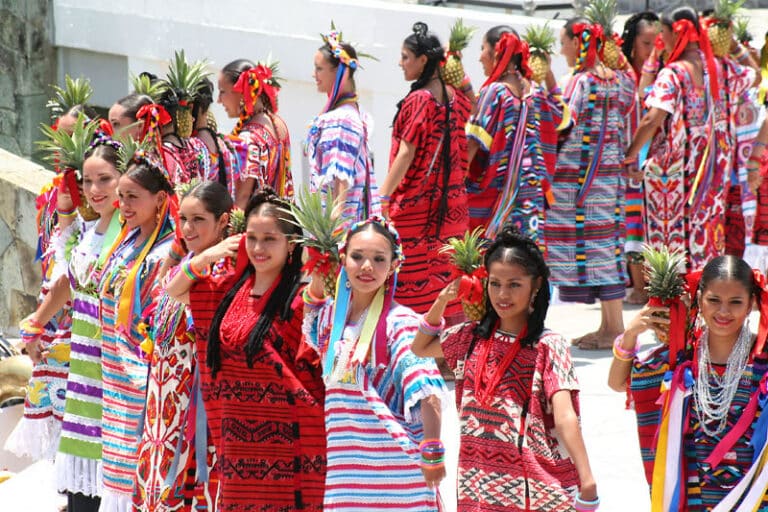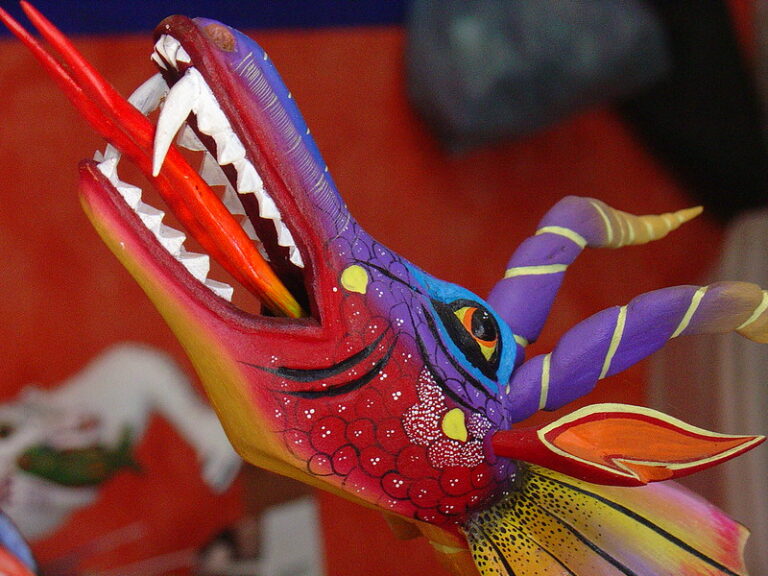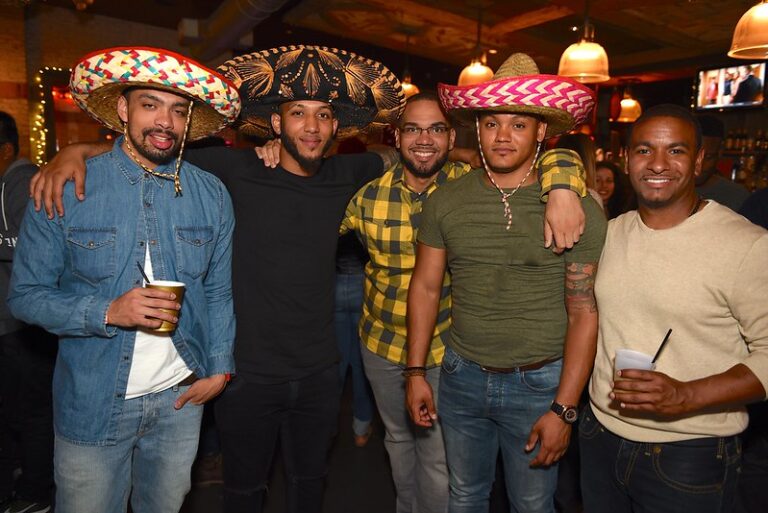Mexican Muralism and the Legacy of Mexico’s 3 Iconic Muralists

The history of Mexican muralism is a fascinating journey that takes us back to the early years of the 20th century.
This artistic and political movement emerged in the context of profound social and cultural changes brought about by the Mexican Revolution (1910).
Muralism in Mexico started as an initiative of Álvaro Obregón’s government and his Secretary of Public Education, José Vasconcelos in 1921.
The idea was to promote culture through education and rescue the country’s indigenous and peasant roots.
Vasconcelos’ dream was to create nationalist paintings that reflected the cultural and historical aspects of Mexico, promoting the idea that art should be accessible to all strata of society.
This dream materialized in a popular education project in which the main tools were art and culture.
Beginnings of Mexican Muralism
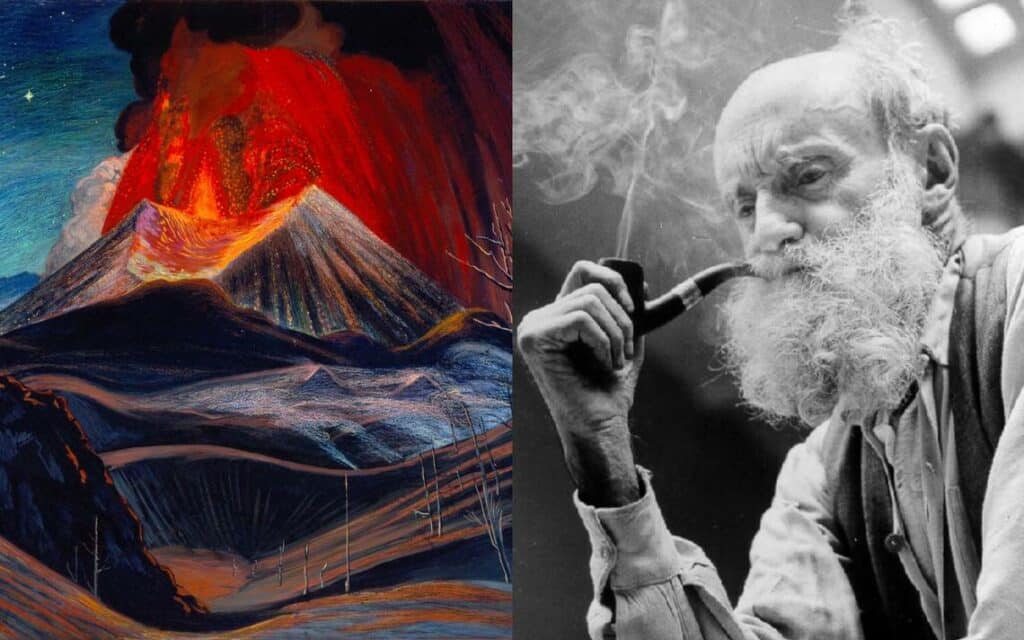
Before the Revolution, painter Gerardo Murillo, better known as “Dr. Atl,” had already begun to advocate monumental art in public spaces.
He was also the instigator of important student movements to modify the academic model and a key figure in the appreciation of Mexican artists.
In 1911, Dr. Atl supported the students in the famous strike that overthrew the director of the San Carlos Academy because he ignored the demands of the artistic community to renew the traditionalist approach to art.
The Role of Jose Vasconcelos
With the founding of the Secretariat of Public Education in 1921, José Vasconcelos took on the task of promoting public art in Mexico, developing the first cultural program of the Mexican State after the Revolution.
Vasconcelos conceived the artist as a kind of “seer” who allowed a common person to approach the Spirit through art.
Nationalism as the central axis of Mexican Muralism
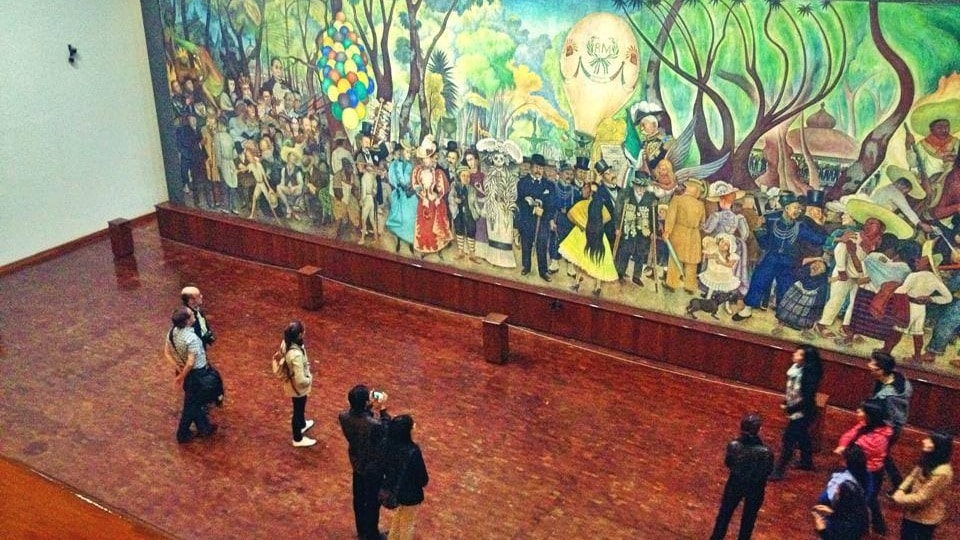
Mexican muralism sought to build a national identity to unite the different sectors of Mexican society, given the profound social inequalities of the time.
To achieve this, an artistic cultural nationalism was adopted that became a true national crusade, where there was not only a lot of money from the State but also the resolute acceptance of the population.
The role of Museums and the consolidation of the movement
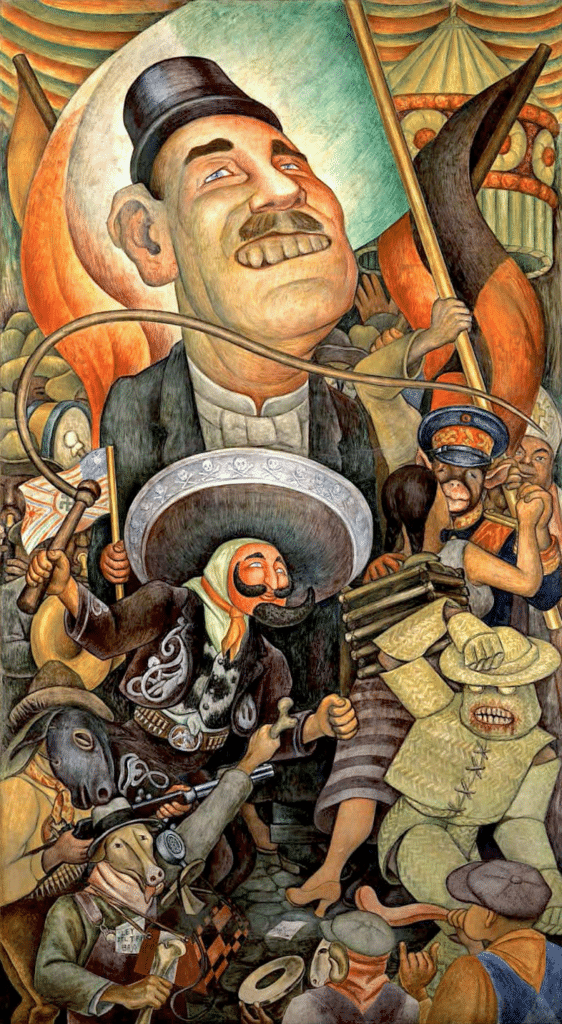
The Museo del Palacio de Bellas Artes in Mexico houses one of the most important collections of the movement, covering more than thirty years of muralism history.
Some of the murals were made especially for the Palace of Fine Arts, while others, such as “Carnaval de la Vida Mexicana,” “Alegoria del Viento,” “La Piedad en el Desierto” and “Tercer Internacional,” were recovered, and restored between 1963 and 1977 and incorporated into the collection.
The success of muralism and its governmental support resulted in the consolidation of the movement in the second half of the 20th century, achieving international notoriety and becoming a reference in Mexican art.
Mexican Muralism and stylistic diversity
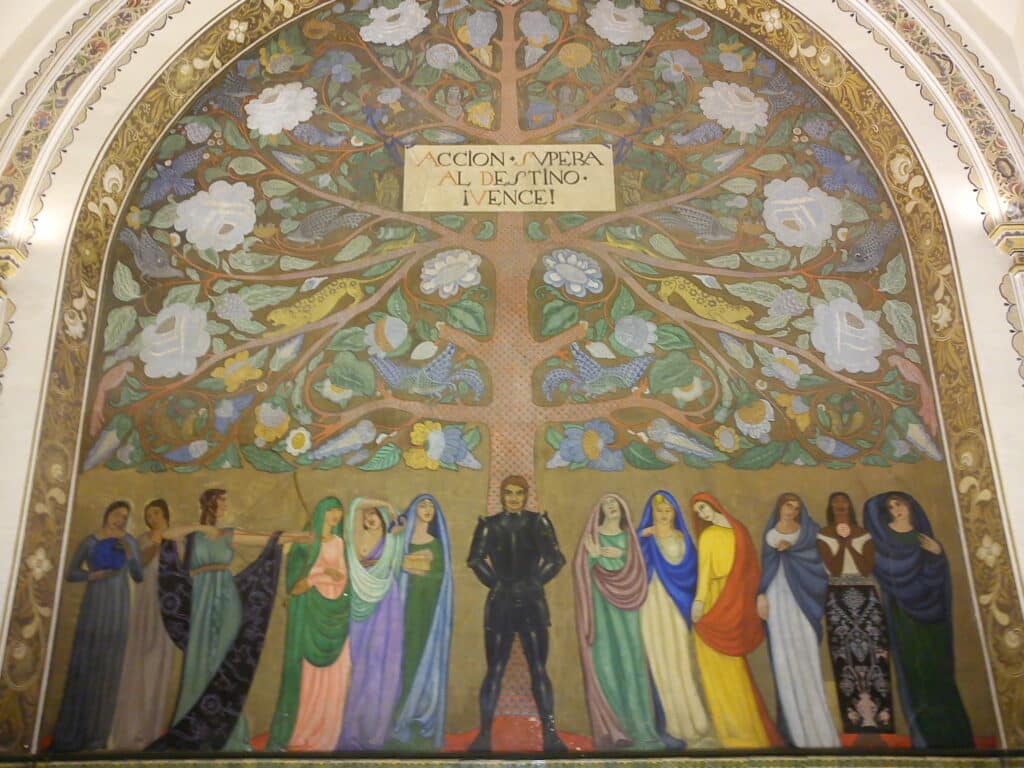
Although the muralist movement in Mexico experienced its apogee in the 1920s and following years, there were preliminary attempts such as the mural “El árbol de la vida” by Roberto Montenegro in 1921, considered by some specialists as the first work of the movement.
Over time, as the movement consolidated, stylistic differences also emerged among its protagonists, which allowed the exploration of new themes and approaches in art, enriching the legacy of muralism in Mexico.
Mexican Muralism Today
The legacy of muralism in Mexico is undeniable. Not only did it influence national art during the 20th century, but it also transcended borders and greatly impacted the history of art worldwide.
Today, the murals remind us of the importance of the search for our cultural identity, our roots, and the need for artistic and political expression in society.
Without a doubt, Mexican muralism is one of the most outstanding chapters in our national history and an example of the creative richness of the Mexican people.
Top 3 Mexican Muralists
At the heart of the Mexican muralism movement, there were three visionary artists whose monumental works not only adorned public spaces but also sparked social and political dialogue.
From Diego Rivera’s revolutionary fervor to David Alfaro Siqueiros’s dynamic compositions and José Clemente Orozco’s introspective narratives, each artist left an indelible mark on the global art scene.
1. David Alfaro Siqueiros

Siqueiros was born on December 29, 1896. His place of origin is disputed between Chihuahua and Mexico City. His parents were Teresa Siqueiros and lawyer Cipriano Alfaro.
He studied at the National Preparatory School. At the same time, during the evenings, he attended the San Carlos Academy where he participated in a student strike that demanded the dismissal of the director and a change in the teaching method.
As a result, the open-air academy in Santa Anita was born.
During the Mexican Revolution, Siqueiros decided to join Carranza’s Constitutional Army against Victoriano Huerta.
Siqueiros traveled all over the country. At that time he became aware of the social inequalities and injustices suffered by most of the population.
After Carranza’s victory, Siqueiros moved to Mexico City where he met Diego Rivera.
David and Diego later traveled to Italy together where they took Renaissance art lessons.
In 1922, Siqueiros returned to Mexico City to work as a muralist and received great support from José Vasconcelos.
The two, along with Rivera and Orozco, shared the ideal of educating the masses through public art.
Because of his inclination for Marxist ideals and his constant criticism -written and pictographic- of the government, Siqueiros was repeatedly imprisoned.
In fact, he spent four years in Lecumberri, accused of “social dissolution.” However, prison didn’t stop him from painting.
David Alfaro Siqueiros, one of the Mexican muralists who marked the 20th century, died on January 6, 1974.
Most notorious works
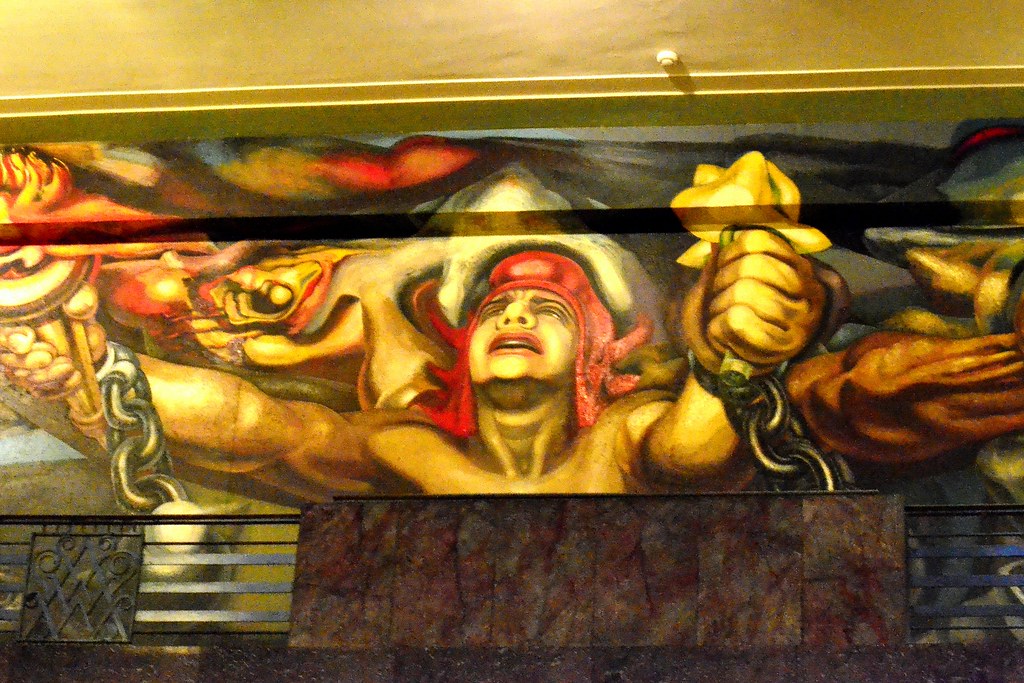
- Entierro de un Obrero (1923). It is in the hollow of the Colegio Chico
- Nueva Democracia (1944-1945). It is in the Palace of Fine Arts
- Del Porfirismo a la Revolucion (1957-1966). It is in the Castle of Chapultepec
2. Diego Rivera
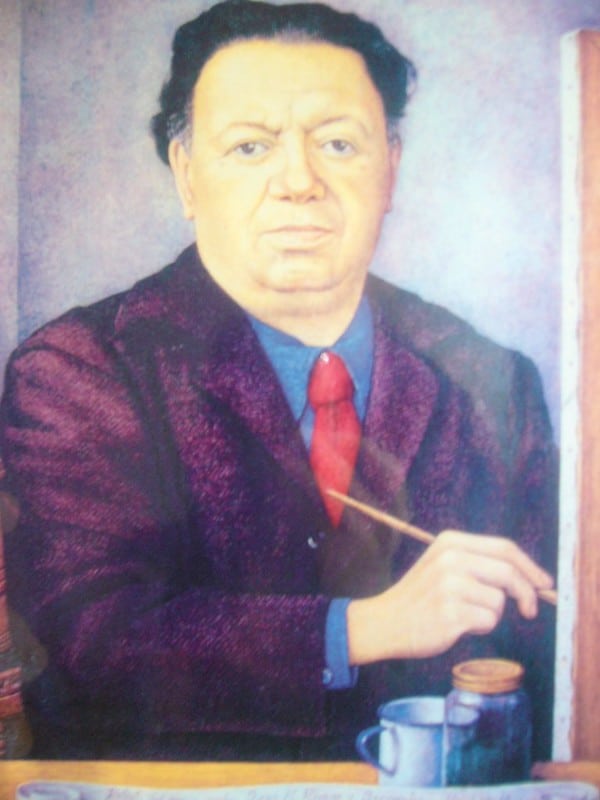
Diego María de la Concepción Juan Nepomuceno Estanislao de la Rivera y Barrientos Acosta y Rodríguez, better known as Diego Rivera, was born on December 8, 1886 in Guanajuato City. His parents were María Barrientos and Diego Rivera Acosta.
Diego Rivera’s artistic life formally began in 1896, when he entered the San Carlos Academy.
There he met the great landscape painter José María Velasco. Nine years later, he received a scholarship from the former Secretary of Education, Justo Sierra.
Fortune smiled at Rivera because of his talent. The latter led him to travel around Europe and other places.
He had the opportunity to meet intellectuals such as Alfonso Reyes, Ramón María del Valle-Inclán, and Pablo Picasso.
Years later, Rivera returned to Mexico and participated in the campaigns proposed by José Vasconcelos.
At that time he met José Clemente Orozco, David Alfaro Siqueiros, Rufino Tamayo, and French artist Jean Charlot.
In 1922, in addition to marrying Guadalupe Marín, he joined the Mexican Communist Party.
After divorcing Marín, he married famous painter Frida Kahlo in 1929. That same year, he was expelled from the Communist Party.
Unlike Siqueiros, Rivera sympathized with Trotsky and gave political asylum to the Russian politician in 1937. Kahlo and Rivera hosted him at the Casa Azul.
Rivera died in Mexico City (Coyoacan) on November 24, 1957.
Most notorious works

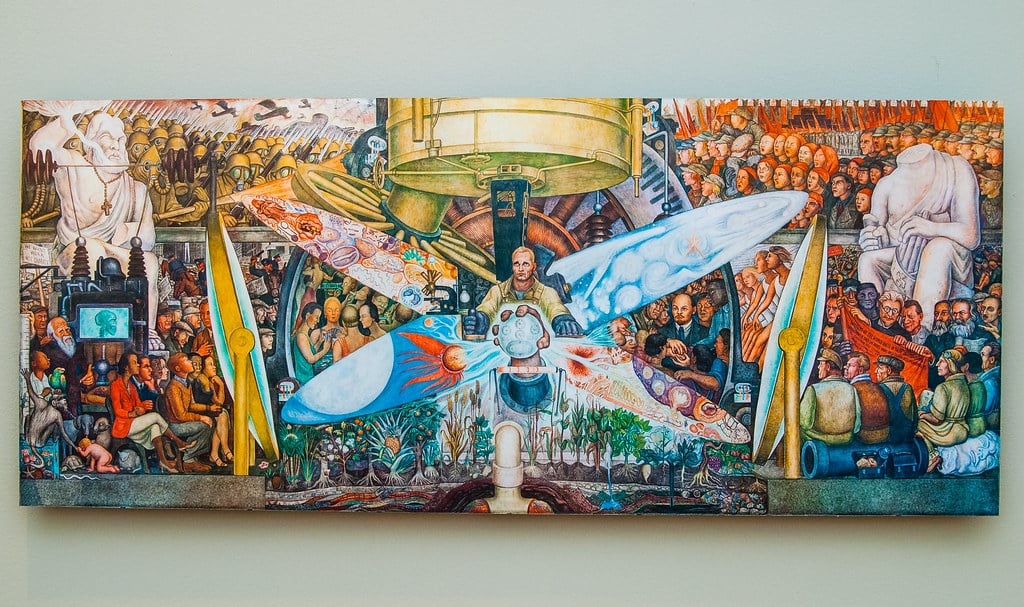
- Frescos (1922) at the Secretariat of Public Education
- Hombre en la Encrucijada (1934). This work is in the Palace of Fine Arts
- Dream of a Sunday Afternoon in the Central Alameda (Sueño de una tarde dominical en la Alameda Central -1947). This mural is located at the Diego Rivera Mural Museum
3. José Clemente Orozco
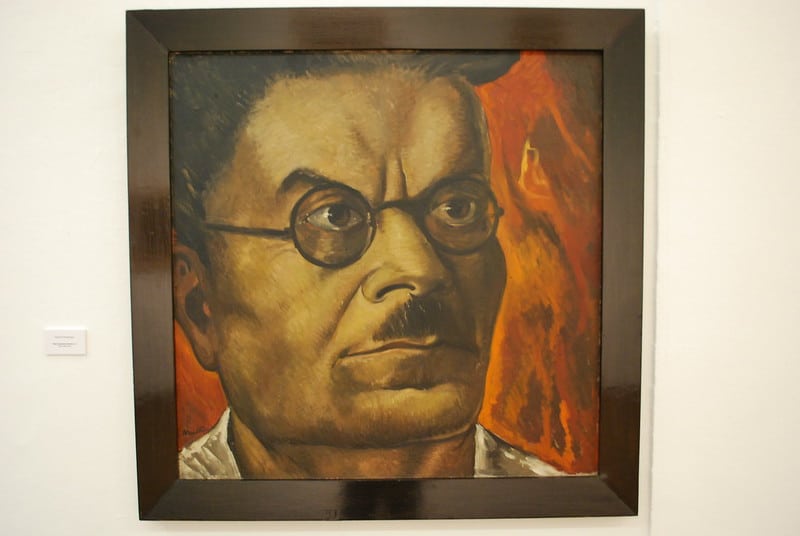
Orozco was born in 1883 in Zapotlán, Jalisco. His father was Ireneo Orozco and his mother was María Rosa Flores.
While still an infant, Orozco met José Guadalupe Posada who later showed him a great interest in painting.
For family reasons, the Orozcos had to move to Guadalajara and later to Mexico City.
In 1906, Jose Clemente Orozco entered the Academia de Bellas Artes de San Carlos to consolidate his talent in drawing.
He later began a career in agricultural engineering. However, that did not fulfill his spirit, so he dedicated himself to painting full-time in 1909.
Two years later, he worked as an illustrator and draftsman, making satires about the Mexican Revolution to earn money.
At that time, Orozco painted La Casa de las Lágrimas (The House of Tears). In it, he made a strong social criticism of the environment in which some women were forced into prostitution.
In 1922 he joined Diego Rivera, David Alfaro Siqueiros, and other artists, giving birth to the Mexican muralist movement.
The intention was to abandon European influence and draw inspiration from pre-Columbian and popular cultures.
In addition, they expressed their political protests and sought to bring the people closer to their art.
Orozco died in 1949 in Mexico City and was buried in the Rotunda of Illustrious Men.
Most notorious works

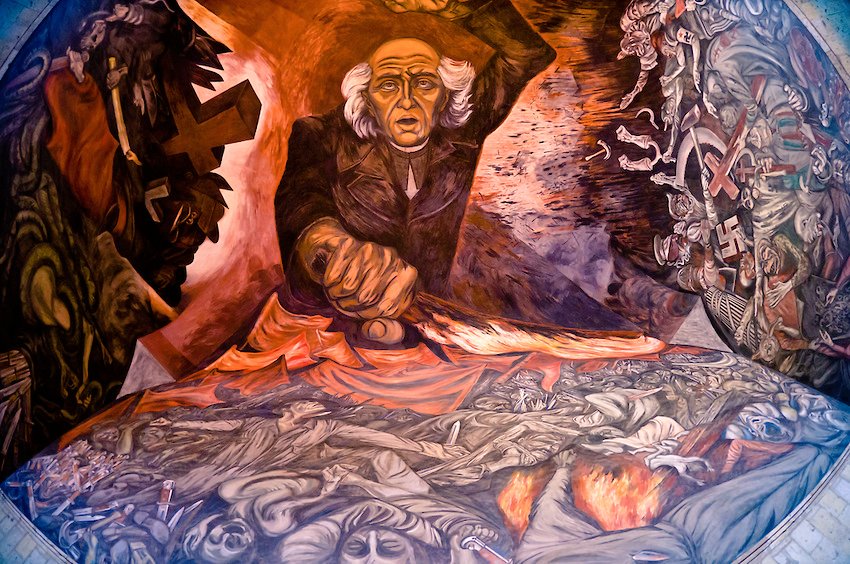
- Omniscience (1925). You can see it in the Casa de los Azulejos, Mexico City
- La Trinchera (1926). This work is in the Government Palace of Guadalajara
- El Hombre en Llamas (1938-1939). This mural is in the Bóveda of the Hospicio Cabañas
- Hidalgo Incendiario (1937). This work is also in the Government Palace of Guadalajara


